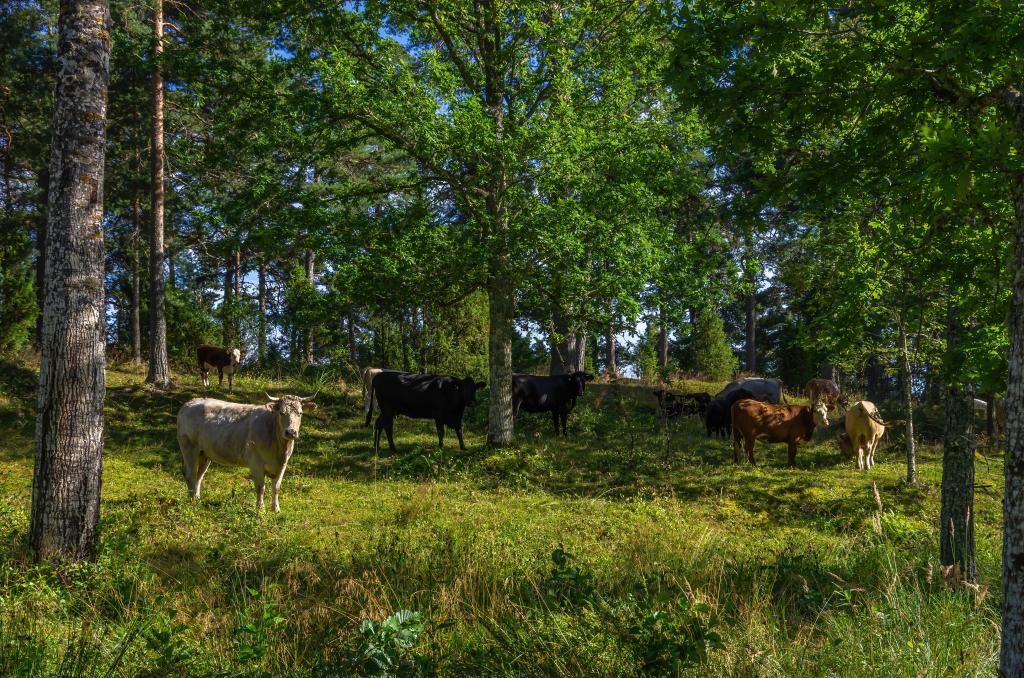About Silvopasture system:
- It is an ancient and proven practice that harmoniously integrates trees, forage and livestock on the same land.
- Advantages
- This system buffer against temperature and wind extremes, providing a favourable living environment for livestock.
- Carbon sinks: The trees on silvopasture lands act as natural carbon sinks, sequestering significantly five-10 times more carbon then pastures without trees, all while maintaining or enhancing productivity.
- Nutrient cycling: The extensive root systems of trees within silvopasture plots contribute to nutrient cycling, improved soil stability and quality, while effectively combating erosion.
- Also this system combine trees and livestock on the same land, silvopasture can play a vital role in reversing the negative trend of deforestation for pasture land.
- It also regulates local climatic conditions, buffering against temperature and wind extremes, providing a favourable living environment for livestock.
- Soil infiltration rates in silvopasture systems surpass those of open pastures, enhancing water storage potential.
What is Nutrient cycling?
- The nutrient cycle is a system where energy and matter are transferred between living organisms and non-living parts of the environment.
- This occurs as animals and plants consume nutrients found in the soil, and these nutrients are then released back into the environment via death and decomposition.
- In forest environments, there is an exchange of nutrient elements such as hydrogen, nitrogen and oxygen among the soil, plants and animals living within the environment.
Q1) What are Carbon sinks?
Carbon sinks are natural or artificial reservoirs that absorb and store carbon dioxide (CO2) from the atmosphere. They play a crucial role in mitigating the impact of greenhouse gas emissions on climate change by helping to balance the carbon cycle.
Source: Harness silvopasture systems for local climate resilience
Last updated on June, 2025
→ UPSC Notification 2025 was released on 22nd January 2025.
→ UPSC Prelims Result 2025 is out now for the CSE held on 25 May 2025.
→ UPSC Prelims Question Paper 2025 and Unofficial Prelims Answer Key 2025 are available now.
→ UPSC Calendar 2026 is released on 15th May, 2025.
→ The UPSC Vacancy 2025 were released 1129, out of which 979 were for UPSC CSE and remaining 150 are for UPSC IFoS.
→ UPSC Mains 2025 will be conducted on 22nd August 2025.
→ UPSC Prelims 2026 will be conducted on 24th May, 2026 & UPSC Mains 2026 will be conducted on 21st August 2026.
→ The UPSC Selection Process is of 3 stages-Prelims, Mains and Interview.
→ UPSC Result 2024 is released with latest UPSC Marksheet 2024. Check Now!
→ UPSC Toppers List 2024 is released now. Shakti Dubey is UPSC AIR 1 2024 Topper.
→ Also check Best IAS Coaching in Delhi
























